A fire broke out in a warehouse, and the goods in the warehouse were almost completely burned to ashes. In this pile of rubble, the insurance company personnel were surprised to find a large amount of DuPont Kevlar yarn Although the thread was blackened, it was still intact and was not destroyed by the fire.

The paper roll core is still intact, and the wooden pallet underneath it has also been preserved.
The reason is that DuPont Kevlar aramid fiber not only has excellent wear resistance and strength, but also has excellent flame retardant and high temperature resistance.
Who is aramid fiber, and how high a temperature can it withstand? Aramid fiber was born in the late 1960s. It was originally used as a space development material and an important strategic material. It is kept secret, adding a lot of mystery.
After the end of the Cold War, aramid, as a high-tech fiber material, was widely used in the civilian field and gradually revealed its true colors.
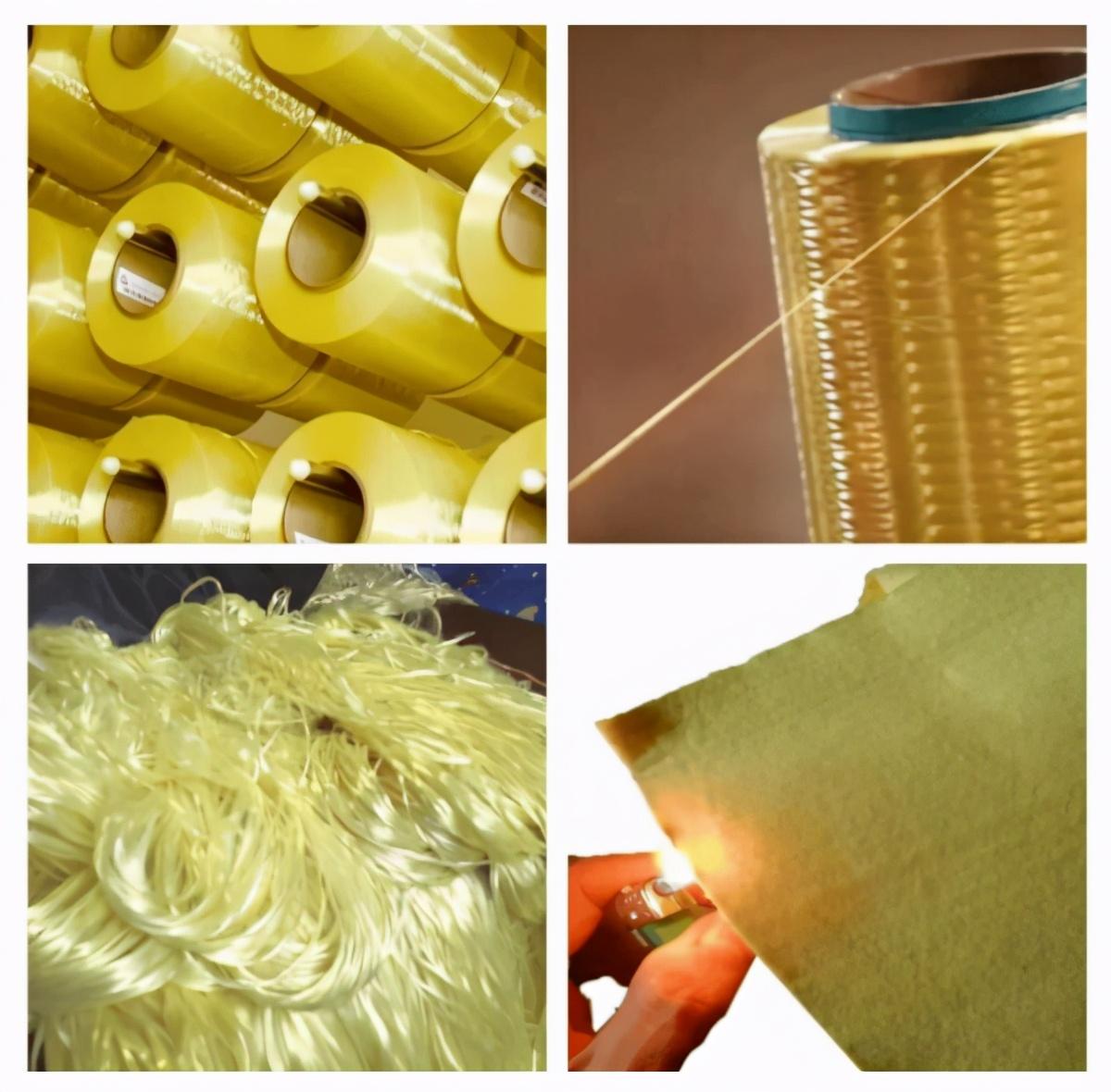
The full name of aramid is “aromatic polyamide fiber”, which is a new type of special-purpose synthetic material.
Because the long-chain polymer molecules that make up the fiber contain amide groups, they are both polyamide fibers like nylon.
The difference is that in the polymer macromolecules that make up nylon, the amide groups are connected by aliphatic chains, while in the aromatic polyamide fiber, the amide groups are connected by Aromatic rings or derivatives of aromatic rings, so this type of fiber is collectively called aramid fiber, or aramid fiber for short.
Aramid fiber is mainly divided into two types: para-aramid fiber (PPTA) and meta-aramid fiber (PMIA).
Among them, meta-aramid fiber is mainly represented by aramid 1313, which is known as “fire-proof fiber”.
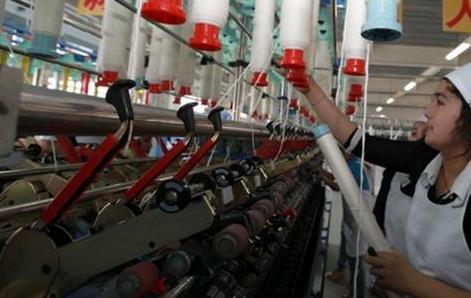
Parametric fiber is represented by aramid 1414, which is known as “bulletproof fiber”.
Aramid 1313 was first developed by DuPont in the United States and achieved industrial production in 1967.
The biggest feature of aramid 1313 is that it has good high temperature resistance, can be used at high temperatures of 20℃ for a long time, and does not age at 220℃.
The effectiveness of its electrical and mechanical properties can be maintained for 10 years, and its dimensional stability is very good.
The thermal shrinkage rate around 250℃ is only 1%, and it will not shrink, become brittle, soften or melt when exposed to high temperatures of 300℃ for a short period of time.
It only begins to decompose at strong temperatures above 370°C, and carbonization begins at approximately 400°C.
This high thermal stability is unique among current organic high-temperature resistant fibers.
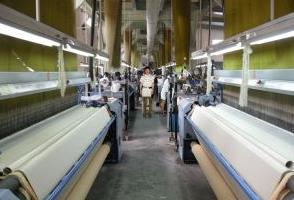
Special protective clothing made of aramid 1313 will not burn, drip or smoke when caught on fire, and has excellent fire protection effect.
Especially when encountering high temperatures of 900-1500℃, the surface of the cloth will quickly carbonize and thicken, forming a unique heat insulation layer to protect The wearer is protected from escape.
If you add a small amount of antistatic fiber or aramid 1414, it can effectively prevent the fabric from breaking and avoid the hazards of lightning, arc, static electricity and flame.
Use aramid 1313 colored fiber to make various special protection measures, such as flight suits, chemical protective combat suits, firefighting suits and furnace work clothes, welding work clothes, pressure equalizing suits , radiation protection work clothes, chemical protective clothing, clothing used in aviation, aerospace, military uniforms, fire protection, petrochemical, electrical, natural gas, metallurgy, racing and many other fields.
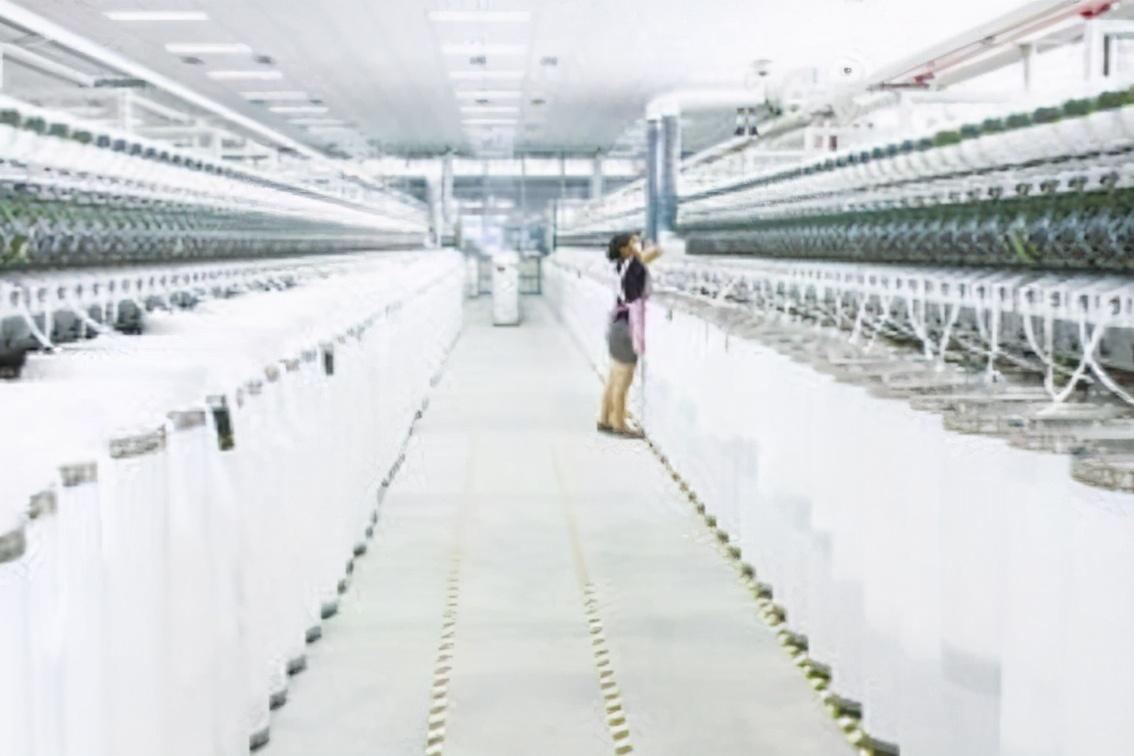
In addition, in developed countries, aramid fabrics are also commonly used as hotel textiles, life-saving passages, household fire-resistant decorations, ironing board coverings, and kitchen gloves. and flame-retardant pajamas to protect seniors and children.
Almost at the same time as the invention of aramid 1313, DuPont developed another high-performance synthetic fiber aramid 1414 in the late 1960s, and its product first appeared in 1972 come out.
Aramid 1414 has a golden yellow appearance and looks like a shiny metal wire, but it is actually a liquid crystal polymer composed of rigid long molecules. . Because its molecular chains are highly oriented along the length direction and have strong inter-chain bonding forces, it gives the fiber unprecedented high strength, high modulus and high temperature resistance.
The discovery of aramid 1414 is considered an important milestone in the development of the materials industry. Aramid 1414 has extremely high strength and is a high-quality steel.�5-6 times, the modulus is 2-3 times that of steel or glass fiber, the toughness is 2 times that of steel, and the weight is only 1/5 of steel.
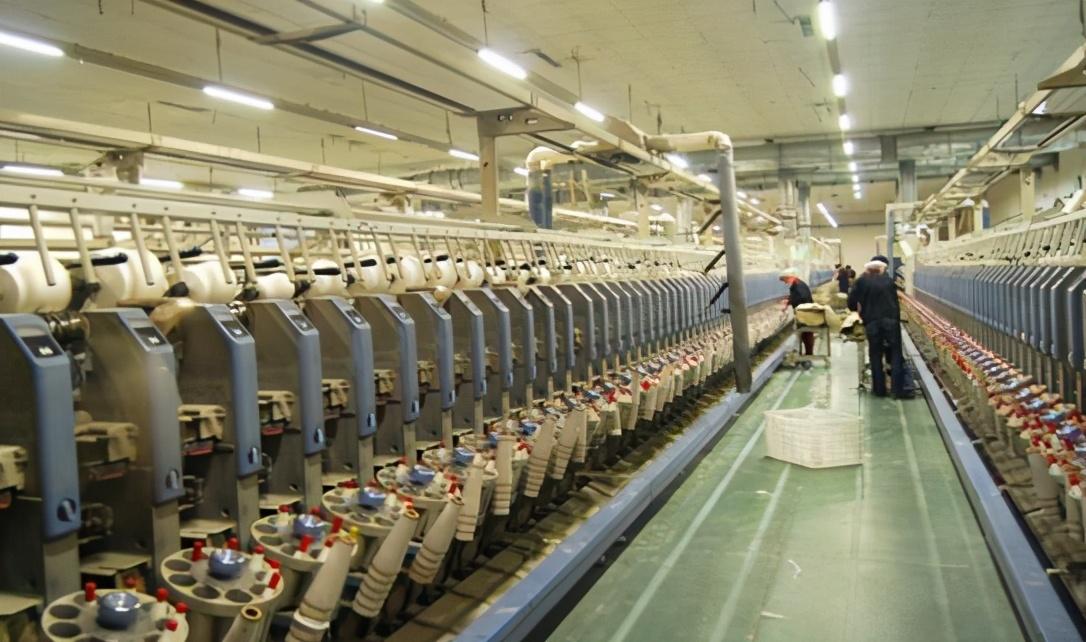
Aramid 1414 has a very wide continuous use temperature range and can operate normally for a long time in the range of -196-204℃.
The shrinkage rate at 150℃ is 0, and it will not decompose and melt at a high temperature of 560℃.
The heat resistance is better than Fang 1313, has good insulation and corrosion resistance, has a long service life, and has the reputation of “steel wire”.
Aramid 1414 was originally used in cutting-edge fields such as national defense and military industry. In order to meet the needs of modern warfare and counter-terrorism, the military and police of the United States, Russia, the United Kingdom, Germany, France, Israel, Italy and many other countries are equipped with bulletproof vests, bulletproof helmets, stab-proof bulletproof suits, tailor-made suits, explosive ordnance disposal suits , high strength parachutes and bulletproof vehicles.
Aramid 1414 is widely used in ballistic-proof panels and ballistic-proof panels.
In addition to the military field, aramid 1414 is also widely used in aerospace, electromechanical, construction, automotive, marine and fishery, sporting goods and other aspects of the national economy. High-tech fiber material.







